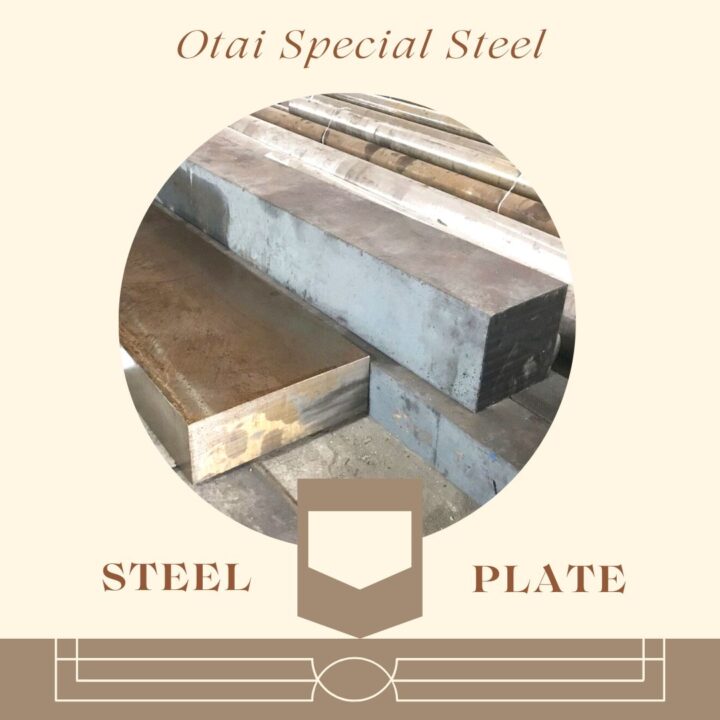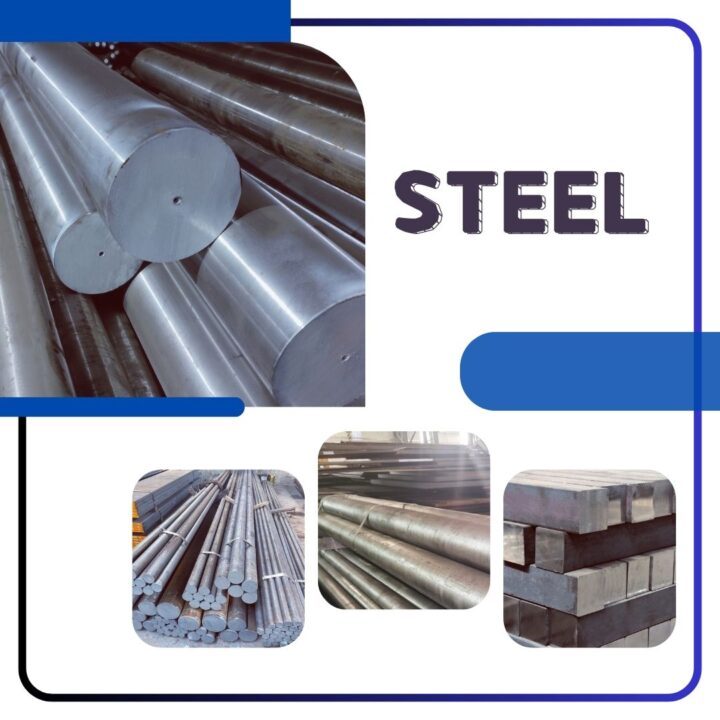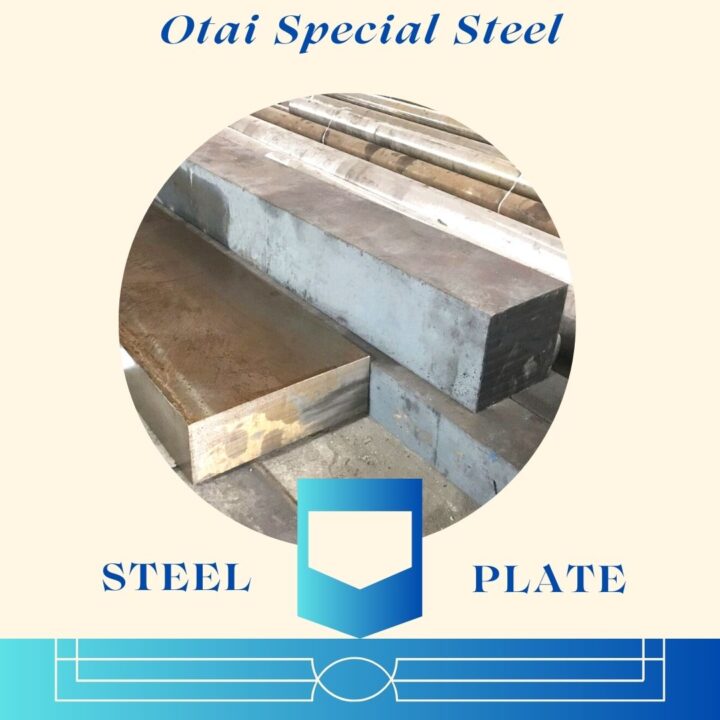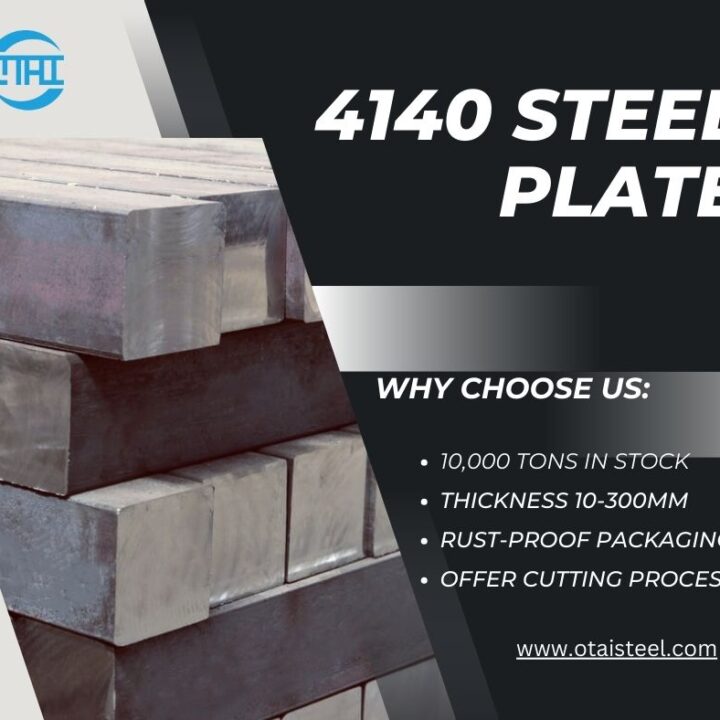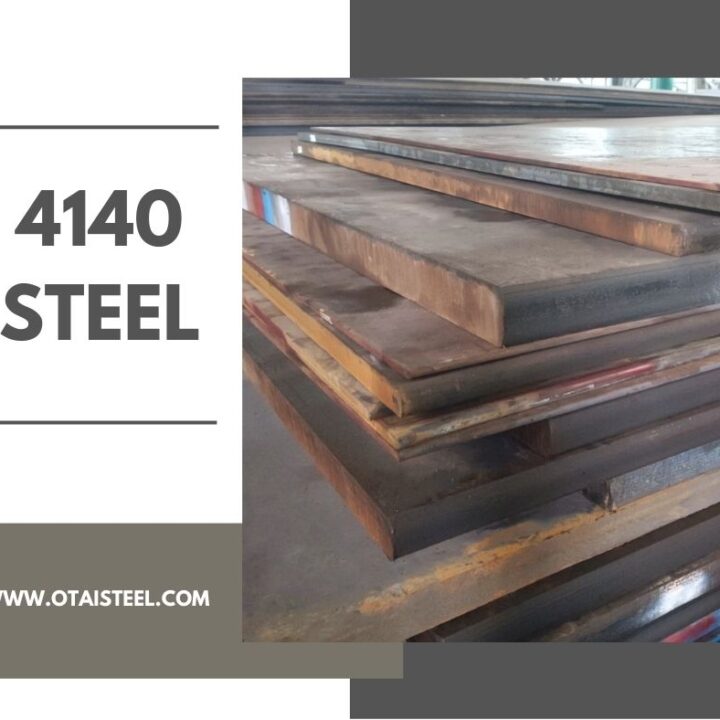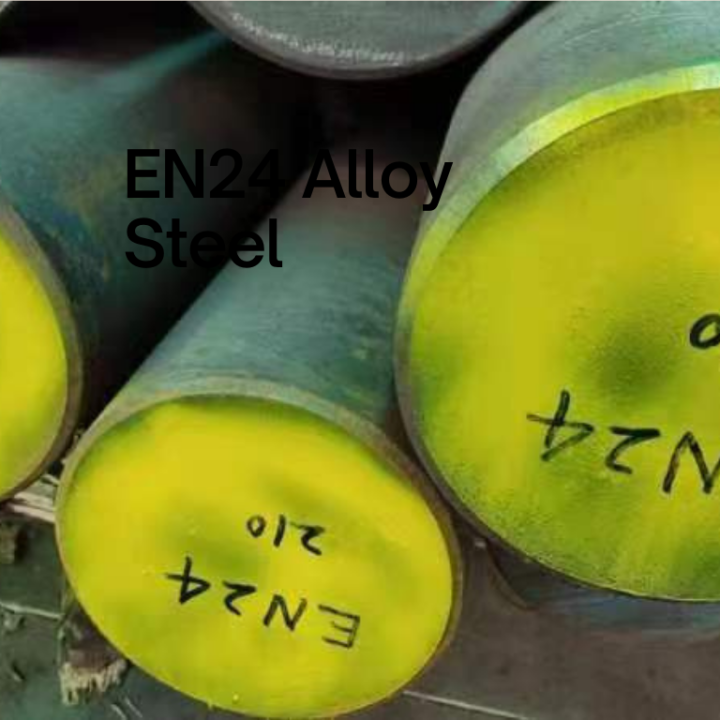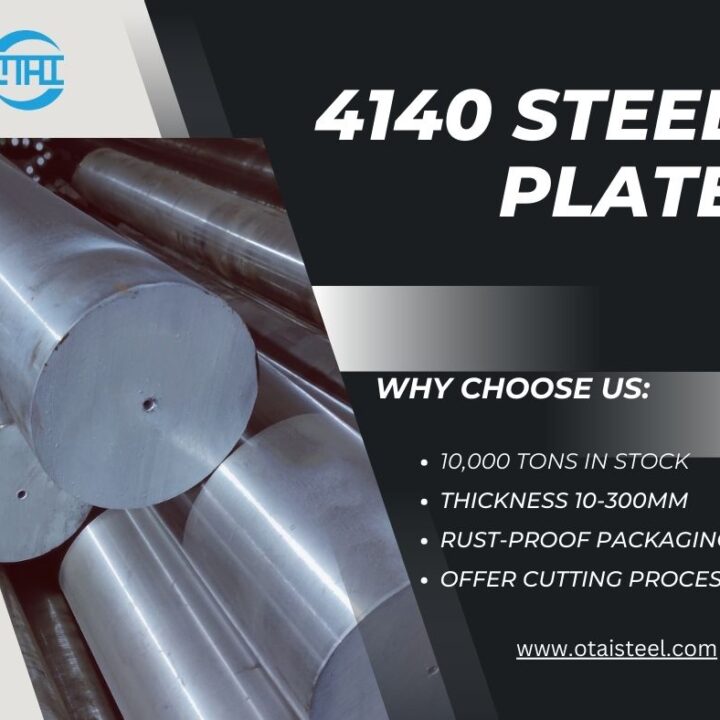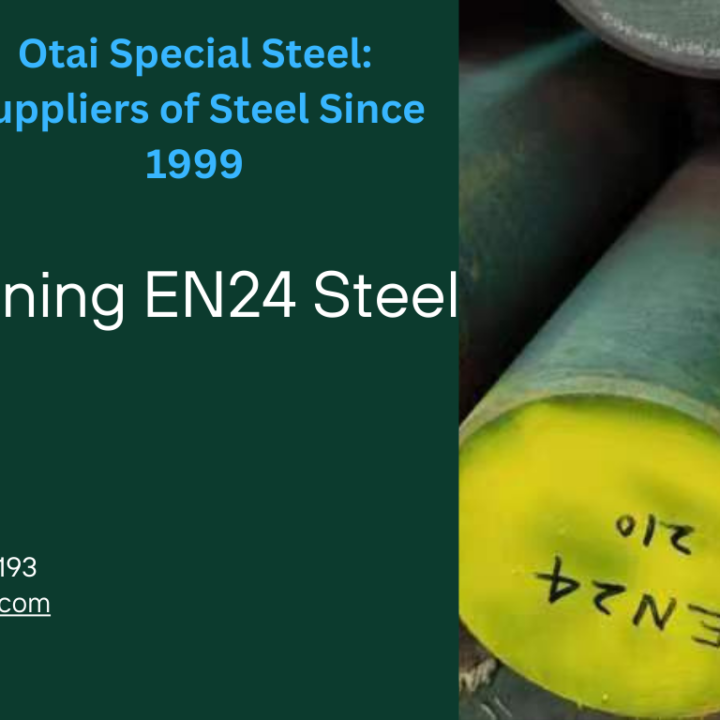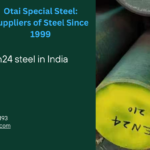Before delving into the heat treatment specifics, let’s briefly understand what makes 34CrNiMo6 steel special. This low-alloy steel is renowned for its excellent combination of strength, toughness, and wear resistance. Its chemical composition, including nickel, chromium, and molybdenum, contributes to its robust properties, making it a popular choice for components subjected to high stress, such as gears, shafts, and mechanical parts.
The Importance of Heat Treatment in Metallurgy
Heat treatment is a critical stage in the manufacturing process of steel alloys, and 34CrNiMo6 is no exception. This process involves heating the steel to a specific temperature, holding it at that temperature, and then cooling it at a controlled rate. The objective is to alter the steel’s microstructure, influencing its mechanical properties like hardness, toughness, and ductility.
Heading 1: The Stages of Heat Treatment for 34CrNiMo6 Steel
The heat treatment of 34CrNiMo6 steel typically involves three main stages:
1.1 Heating: In this initial stage, the steel is gradually heated to a specific temperature, often within the austenitic range. This temperature is crucial as it determines the subsequent microstructure of the steel.
1.2 Holding: Once the steel reaches the desired temperature, it is held at that level for a prescribed duration. This stage allows for the uniform transformation of the microstructure, ensuring the desired properties are achieved.
1.3 Cooling: The final stage involves controlled cooling. The rate of cooling influences the final microstructure and, consequently, the mechanical properties of the steel. Common cooling methods include quenching in oil or water.
Heading 2: Achieving the Desired Microstructure
One of the key goals of heat treatment is to influence the microstructure of the steel. In the case of 34CrNiMo6 steel, the ideal microstructure often involves a combination of martensite, bainite, or pearlite. These structures contribute to the hardness and strength of the steel, ensuring it meets the specific requirements of the intended application.
Heading 3: Improving Hardness and Wear Resistance
The heat treatment process significantly enhances the hardness of 34CrNiMo6 steel. Through the formation of martensite, the steel achieves a hardened surface, making it suitable for applications where wear resistance is paramount. This is particularly crucial for components like gears and shafts that experience constant friction and abrasion.
Heading 4: Enhancing Toughness and Impact Resistance
While hardness is essential, maintaining a balance with toughness is equally critical. The controlled cooling during heat treatment allows for the development of structures like bainite, contributing to the toughness of the steel. This is particularly important for components subjected to impact loads, ensuring they can withstand sudden forces without brittle failure.
Heading 5: Optimizing Ductility for Formability
Beyond hardness and toughness, ductility is a vital property, especially in applications where the steel needs to be formed or machined. The heat treatment process influences the steel’s ductility, making it more amenable to various manufacturing processes without sacrificing its overall strength.
Heading 6: Case Studies – Successful Applications of Heat-Treated 34CrNiMo6 Steel
Real-world examples highlight the effectiveness of heat-treated 34CrNiMo6 steel. Components like high-performance gears in automotive transmissions and critical shafts in industrial machinery benefit from the tailored properties achieved through heat treatment. Case studies provide insights into the specific improvements in performance and longevity witnessed in these applications.
Heading 7: Challenges and Considerations in 34CrNiMo6 Steel Heat Treatment
While the heat treatment process offers numerous advantages, it’s essential to acknowledge potential challenges. Issues such as distortion, cracking, and the need for precise temperature control during heating and cooling phases are factors that manufacturers must carefully address to ensure the desired results.
Heading 8: Future Trends and Innovations in 34CrNiMo6 Steel Heat Treatment
As technology advances, so does the potential for innovation in metallurgical processes. Research and development in heat treatment techniques for 34CrNiMo6 steel continue to explore ways to further optimize its properties, potentially unlocking new applications and extending its capabilities.
Conclusion: Unlocking the Full Potential of 34CrNiMo6 Steel Through Heat Treatment
In conclusion, the heat treatment of 34CrNiMo6 steel is a transformative process that enhances its mechanical properties, making it a powerhouse in various industrial applications. From improving hardness and wear resistance to optimizing toughness and ductility, the controlled manipulation of the steel’s microstructure through heat treatment ensures it meets the specific demands of high-stress environments. As industries continue to seek materials that offer both strength and versatility, the role of heat-treated 34CrNiMo6 steel remains pivotal in shaping the landscape of modern engineering.
